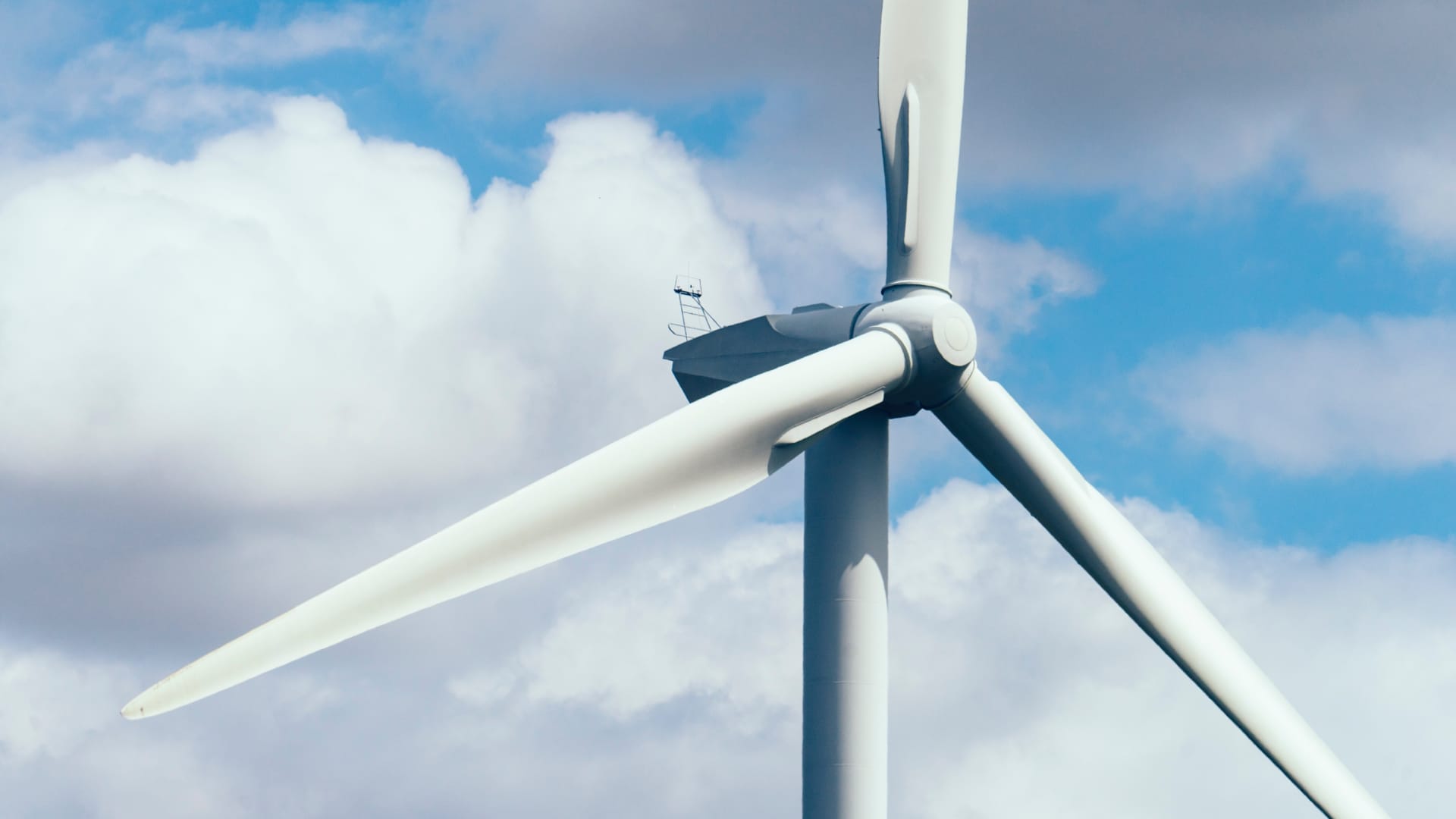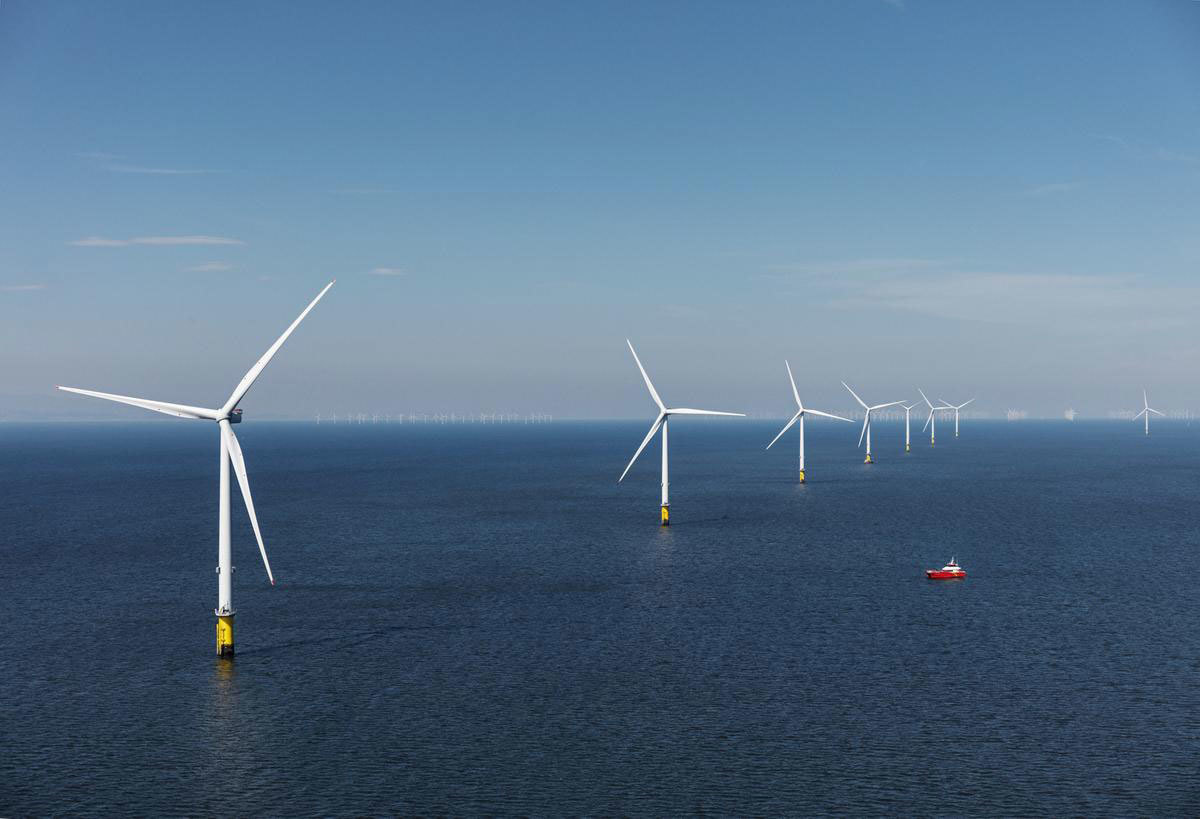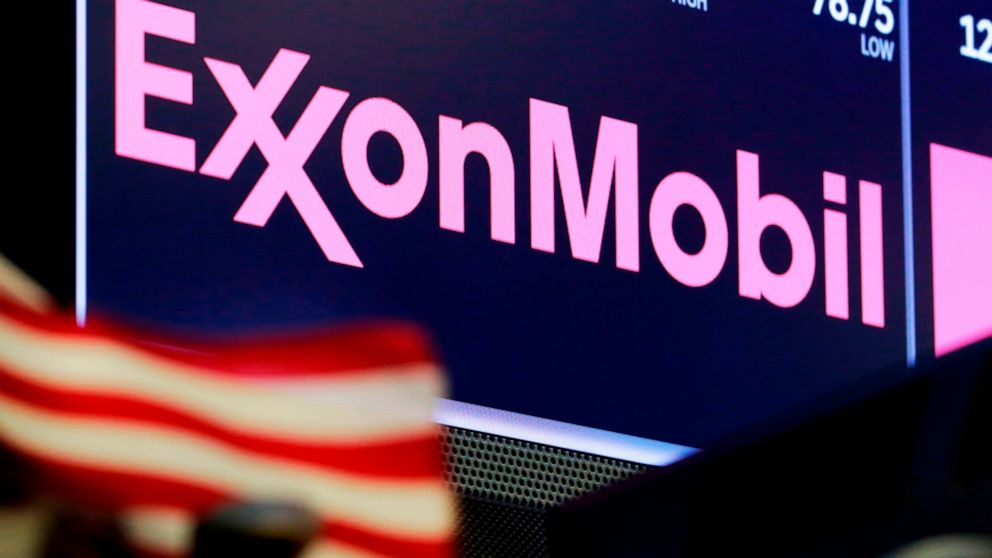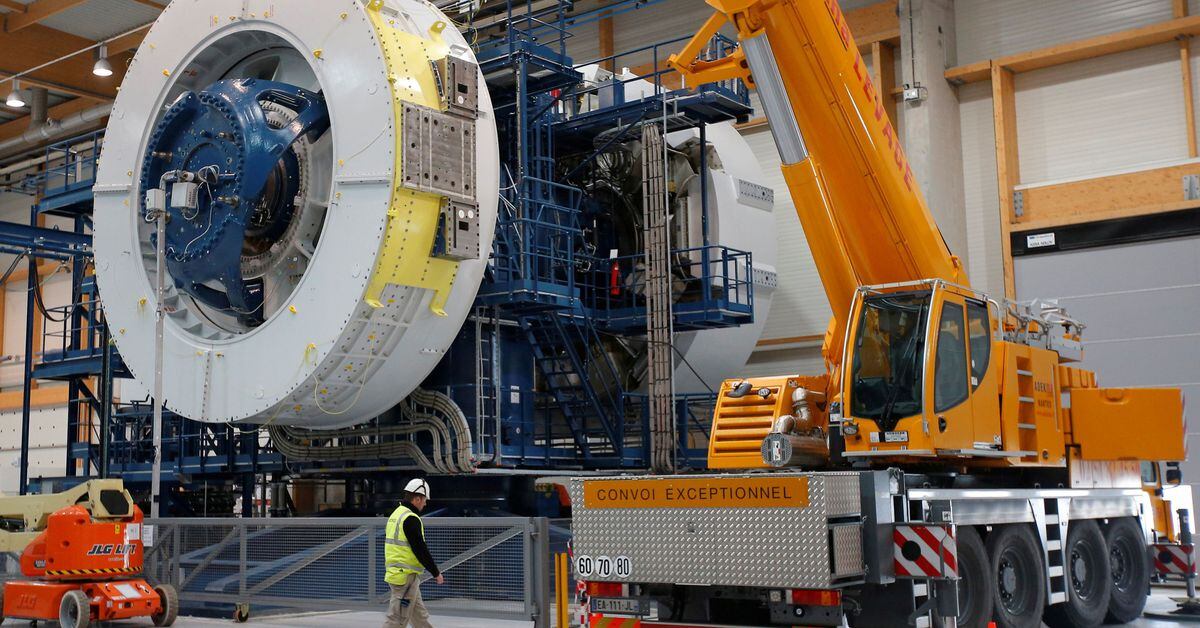
White House unveils plans for wind farms in the Pacific Ocean off California's coast
The White House on Tuesday announced plans for offshore wind projects in the Pacific Ocean, a step toward the administration's goal of moving to clean energy.

The Murro Bay and Humboldt Call Areas are about 15 miles from shore minimum.
The article is also kind of misleading -
The problem wasn't obstructing anyone's view but making a deal with the Navy, who definitely wouldn't like to see a wind farm 1000 times bigger.
The thing is, scientific or engineering-focussed investigative reporting doesn't need time, or resources. It needs some technical knowledge and higher-ups who are willing to publish.Well, it's a national-level article of general interest. Having worked at a newspaper, reporters don't have unlimited resources or time (quite the opposite!) and "investigative journalism" requires plenty of both.
There is little time required to type: 4.5 GW of clean electricity, but with the variability of wind, this may be closer to 1.5 GW.
I don't get why people keep wanting to link cnbc and ibtimes articles about technical or scientific articles. We don't roll up to a daycare and order margaritas and daiquiris, why should we treat news sources different? It has become simply annoying at this point that people do not.CNBC is mostly targeted towards investors so its non-financial articles are going to be short fast reads. There are more detailed articles out there even at the national level.
THANK YOU!Whether you are accusing the poster or the president of mental problems, this post is unacceptable either way. Take a break from posting for a few days.
Think carefully about forum rules before replying to this topic. It may have a short lifespan.


There is little time required to type: 4.5 GW of clean electricity, but with the variability of wind, this may be closer to 1.5 GW.
According to whom? (This is a rhetorical question.) If you're using your own technical knowledge it's not investigative reporting or even news, it's analysis or opinion.

I want my 'advertising profile' to be short and full of phrases like 'hard target', 'enigma', and 'profligate use of adblockers'.
In general agreement. The problem is that there are renewables advocacy groups who virtually want everything save wind and solar dead and buried, to whom words like 'intermittency' and 'seasonal lulls' are countered by 'we will invent amazing batteries.'If the potential is there, and increases national resilience, then what viable reasons are there not to exploit it?
